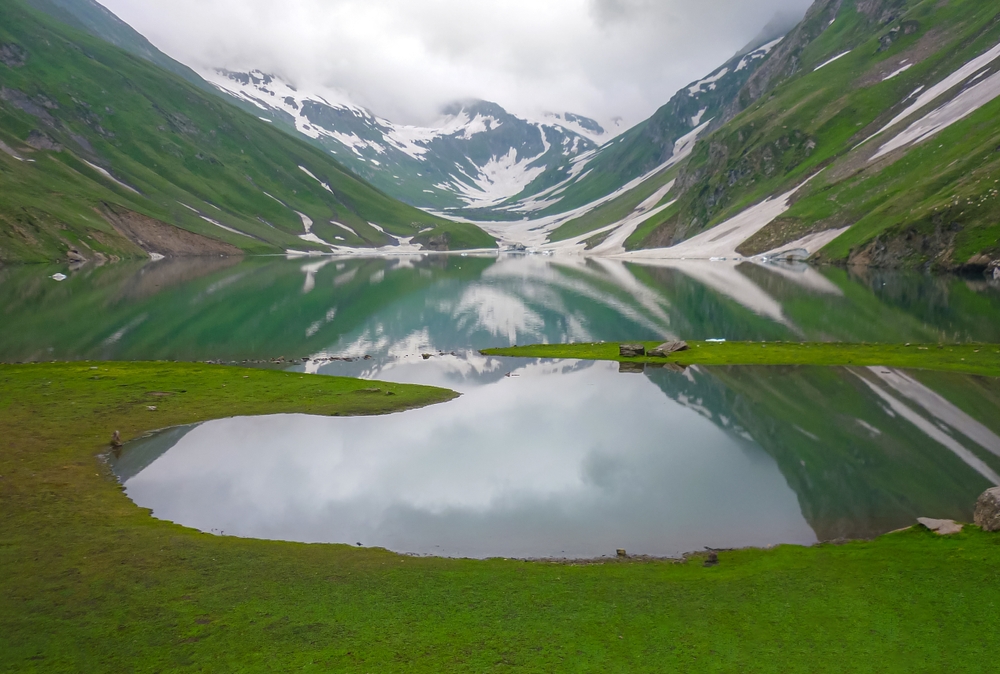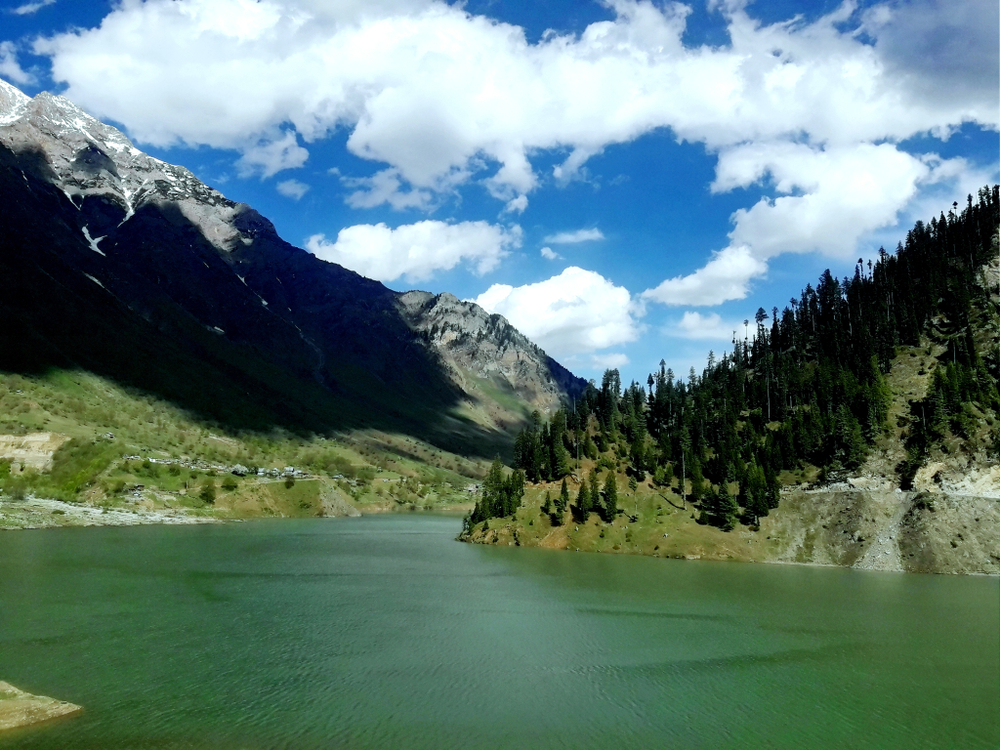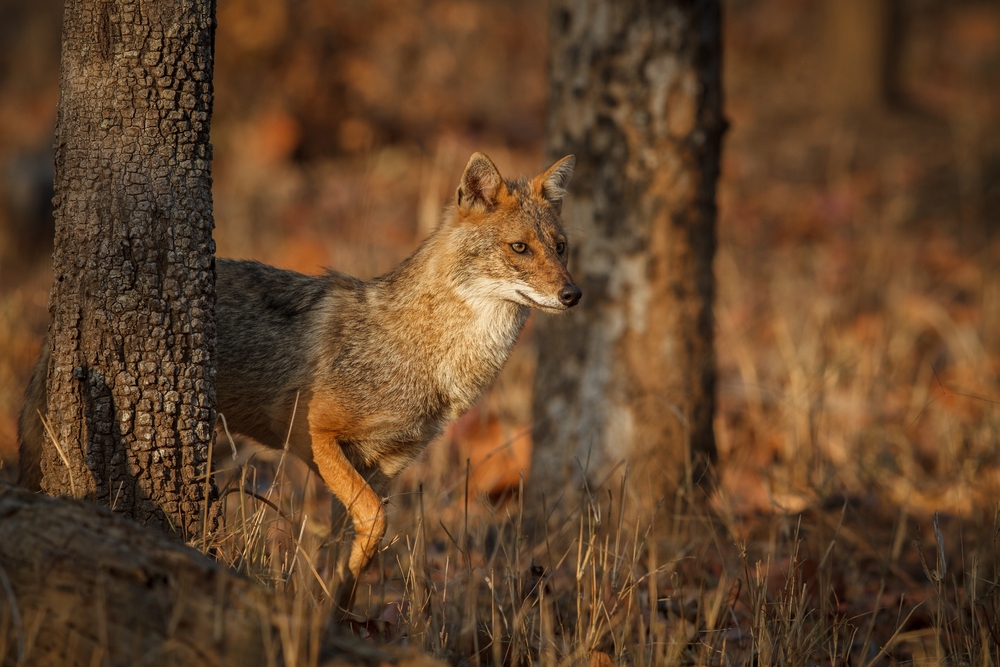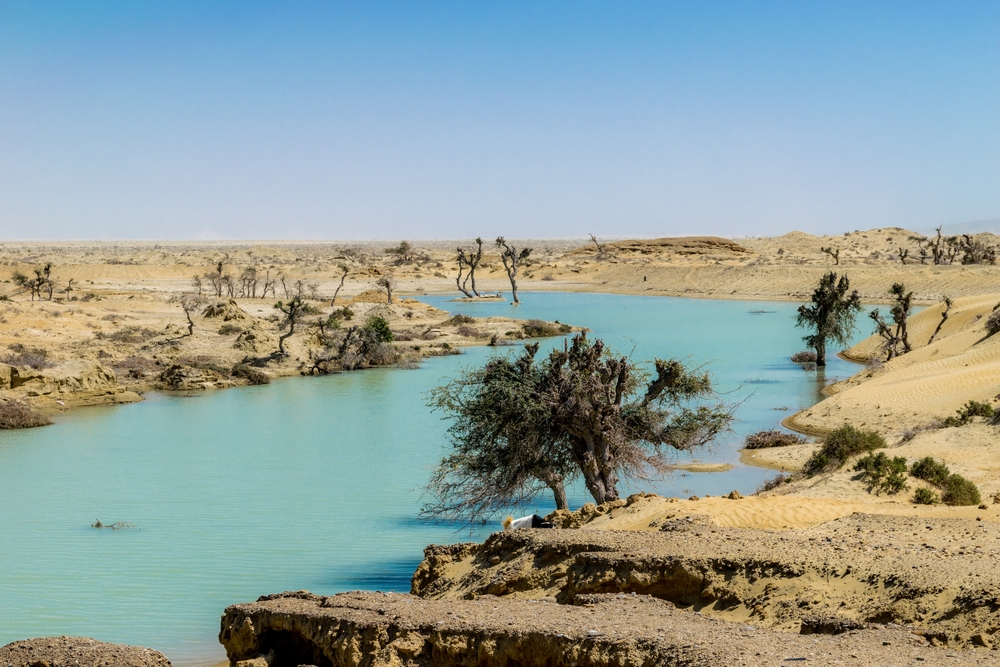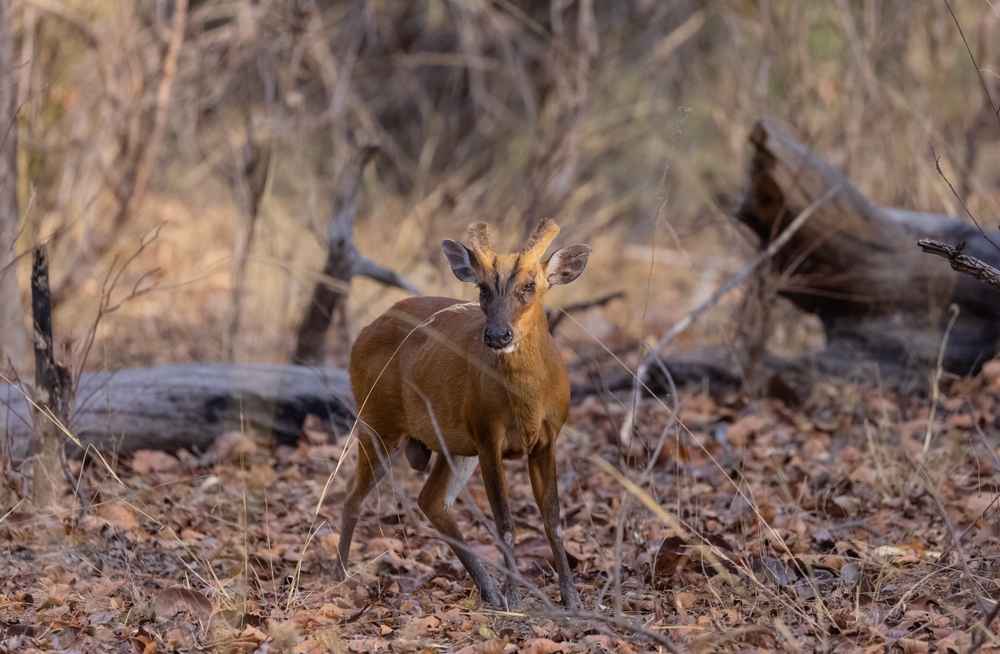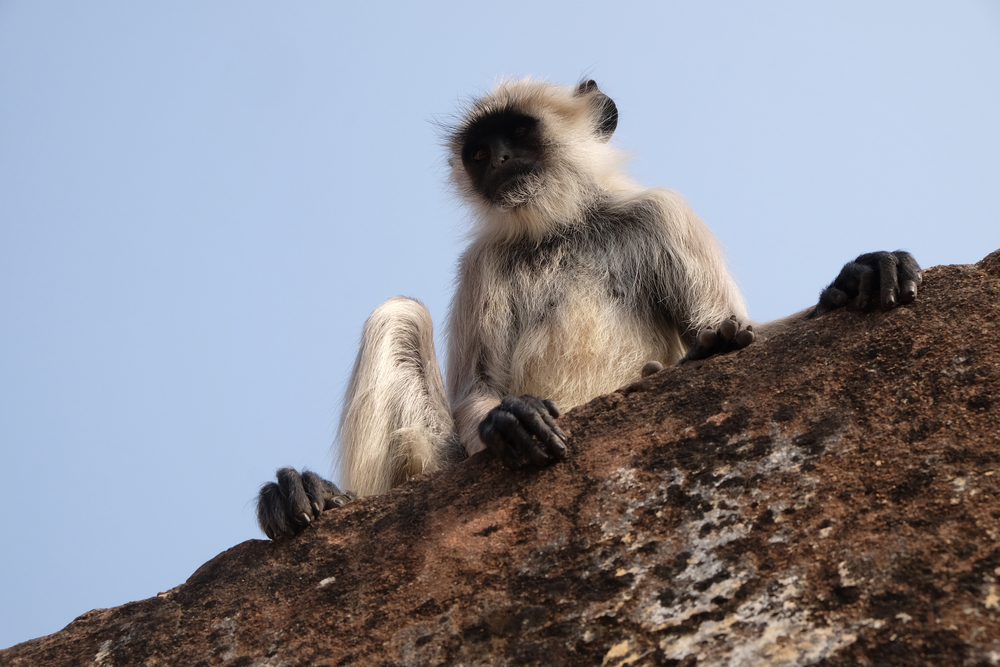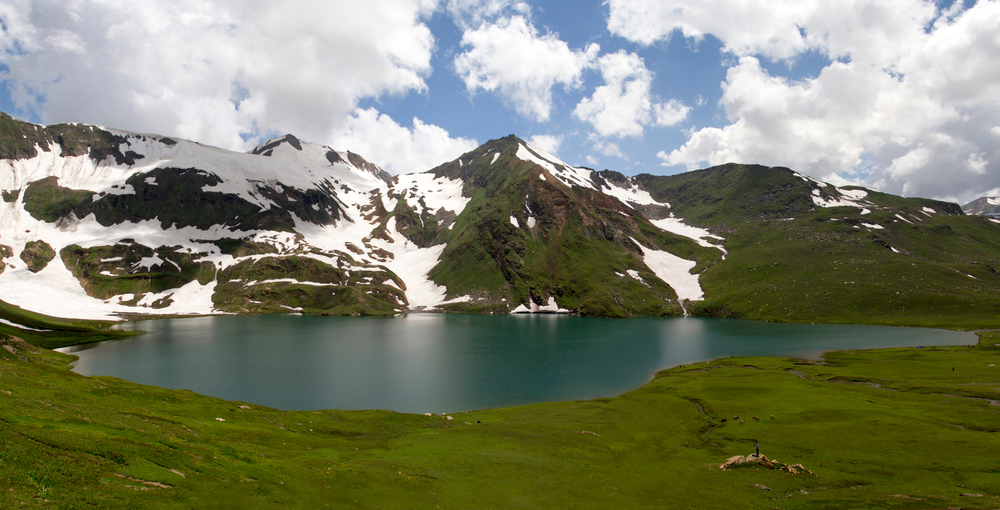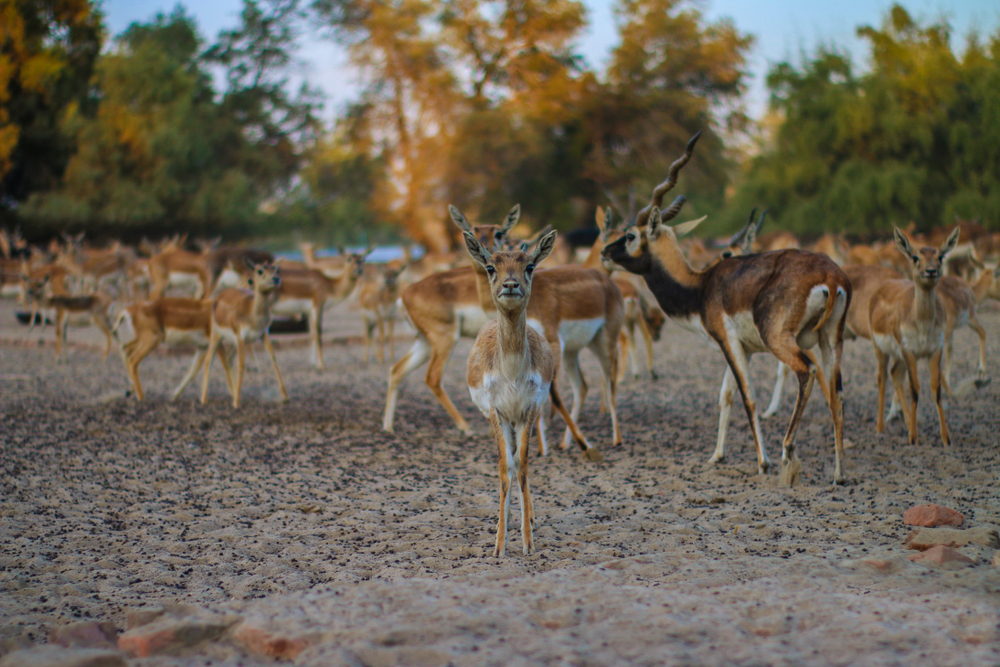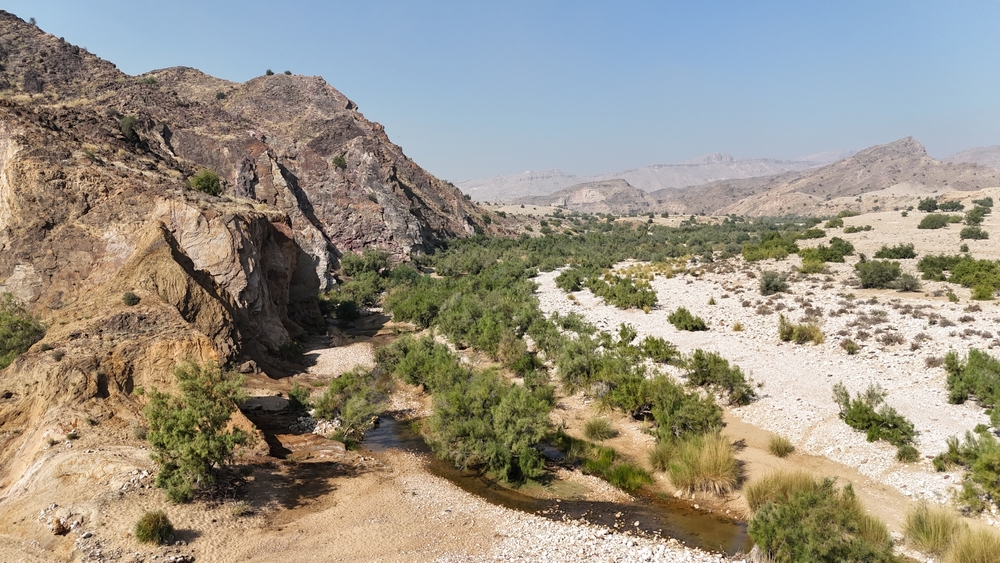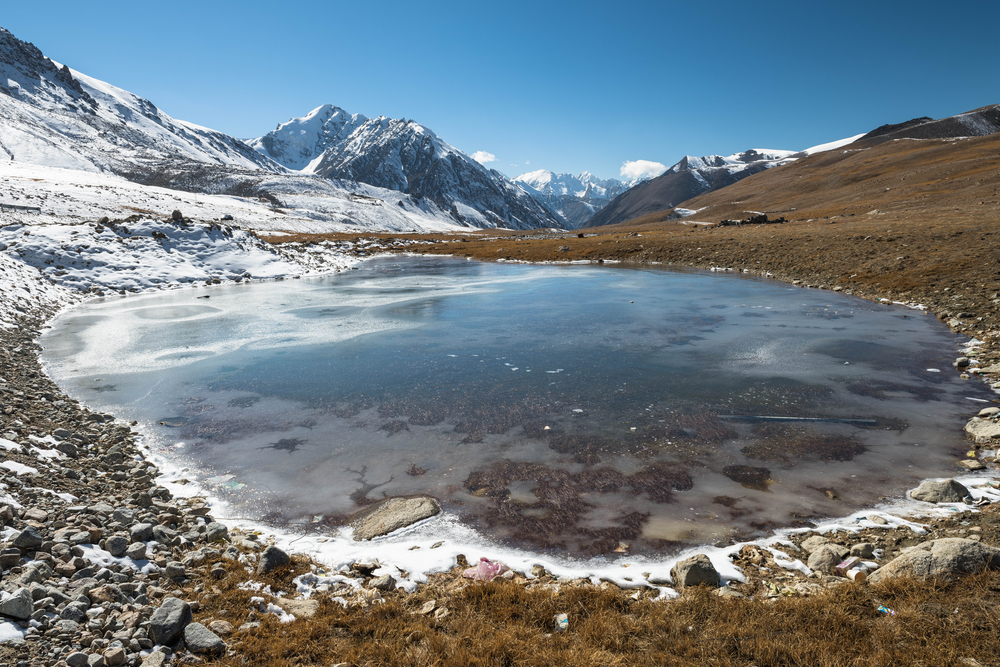Manglot Overview
Manglot National Park, locally known as مانگلوت نیشنل پارک, is a relatively small yet ecologically significant protected area in the Nowshera District of Khyber Pakhtunkhwa, Pakistan.
Covering approximately 23 square miles (59 square kilometers), the park lies along the western bank of the Indus River and is nestled within the dry hills of the Peshawar Valley. Established in 1990, Manglot was created to conserve the region’s natural woodland, native wildlife, and unique landscape in a setting that borders both riverine and mountainous ecosystems.
The terrain of Manglot National Park is primarily composed of low, rocky hills and rugged ridges that rise above the river plains. The landscape is dry and arid for much of the year, with seasonal streams cutting through narrow valleys. Vegetation consists mainly of subtropical dry scrub forest, including native species such as phulai (Acacia modesta), wild olives, and sanatha (Dodonaea viscosa).
These hardy plants have adapted to the park’s semi-arid conditions and provide food and cover for wildlife. Though the area appears barren in parts, seasonal rains bring bursts of greenery and wildflowers that briefly transform the landscape.
Wildlife in Manglot National Park is representative of the dry subtropical environment found in northern Pakistan. Key mammal species include the Indian porcupine, wild boar, Indian hare, jackal, and the occasional Indian pangolin.
The park is also known for its population of gray partridges, which are commonly sighted, as well as birds of prey such as the shikra and black kite. Reptiles, including monitor lizards and a variety of snakes, are also commonly encountered. Although the park does not support large predators, it plays a vital role in conserving the local biodiversity of this transitional zone between forest and steppe.
Among the park’s more popular features is its proximity to the Indus River, offering scenic riverbank views and opportunities for picnicking and nature observation. The park’s dry hills and forested patches are particularly valued for their relative tranquility and proximity to urban centers like Nowshera and Peshawar.
Though not heavily developed for tourism, the park serves as a valuable green space for local visitors and students interested in ecology and conservation.
Visitors typically experience Manglot National Park through short hikes, nature walks, and informal birdwatching. Educational tours and community outreach programs have been organized in recent years to promote awareness of the park’s environmental importance.
Basic facilities such as walking trails and shaded rest areas exist in select locations, but the park remains largely undeveloped, offering a more rustic and natural outdoor experience.
Conservation efforts in Manglot focus on protecting its dry forest habitats and preventing illegal logging and poaching. The small size of the park presents challenges in terms of enforcement and ecological resilience, but its protected status has helped curb some of the habitat degradation common in surrounding areas.
The Khyber Pakhtunkhwa Wildlife Department continues to support reforestation projects and engage with local communities to strengthen long-term stewardship. While the park faces pressures from human activity, its value as a biodiversity reserve in a densely populated region makes it an important part of the province’s conservation landscape.











































































